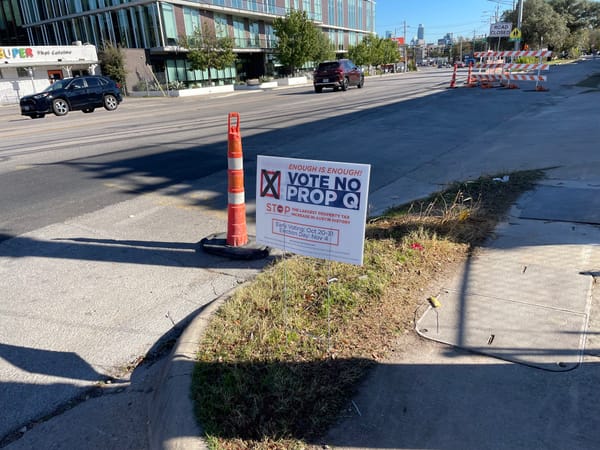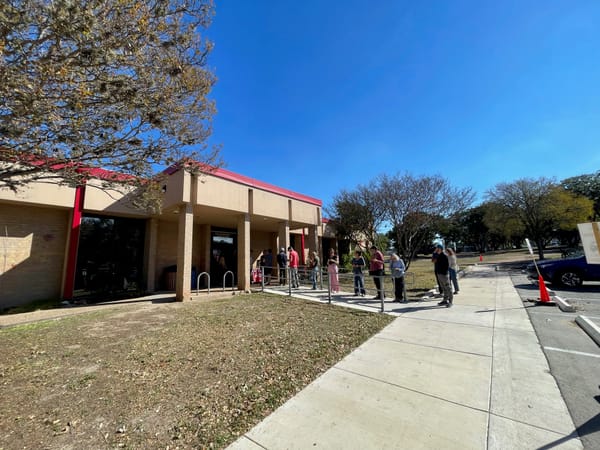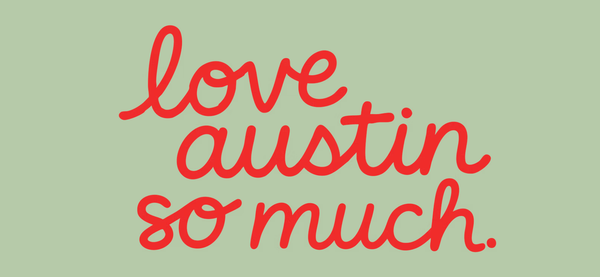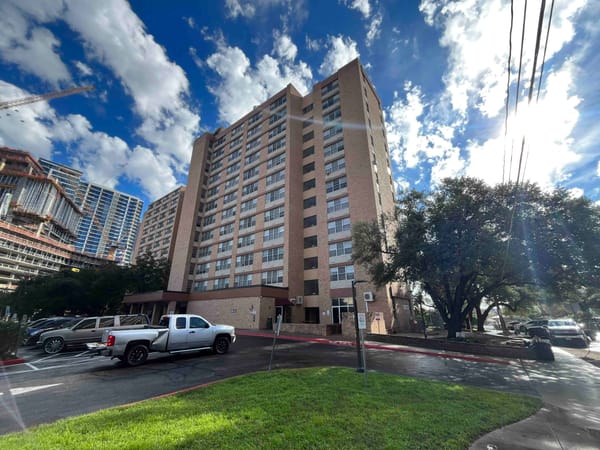Hacking Austin's code to build affordable housing
A builder in Austin makes two 4-bedroom affordable units possible.
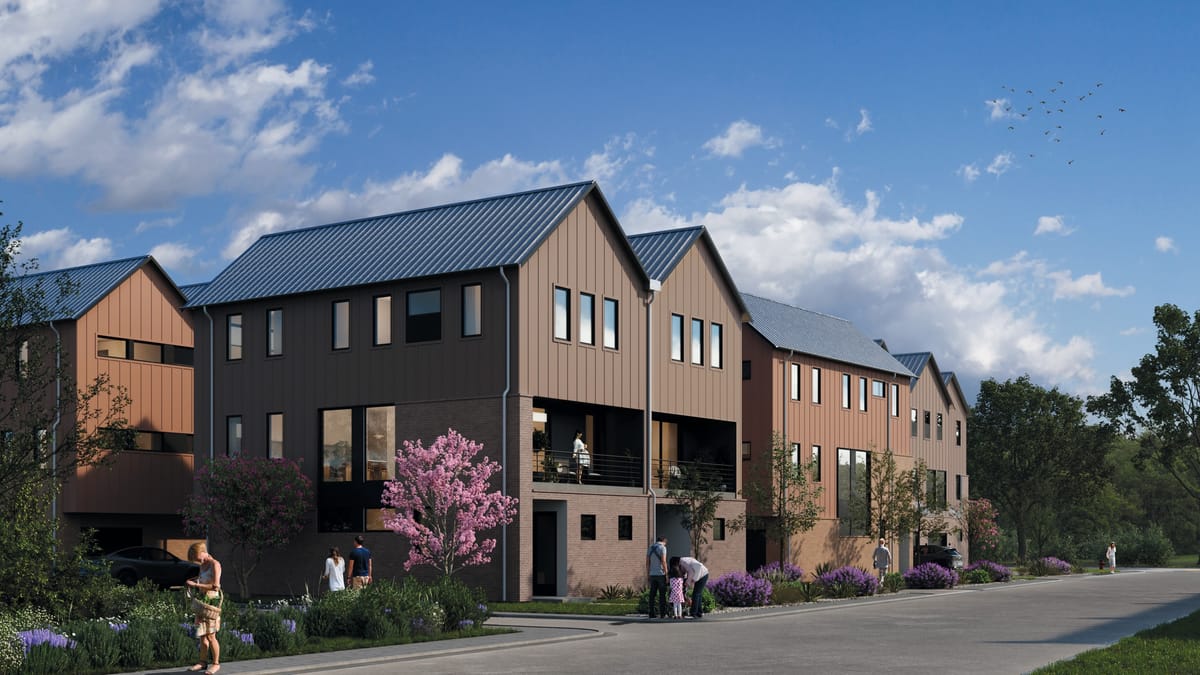
Last week an email showed up in my inbox announcing a new housing development on the east side, Mira, at Springdale & Gonzales.
Located on three adjacent lots at the corner of Springdale Road and Gonzales Street, Mira will include 12 new residential townhomes, two of which will be four-bedroom units reserved for households who earn at or below 65% Median Family Income (MFI).
In the grand scheme of things, 12 new units and two new affordable units is not a big deal, but the way that developer Anmol Mehra made it possible offers an interesting glimpse at how one must maneuver in Austin's regulatory landscape.
Mehra, founder of Aus/Bos Social Housing, is something of an outlier among local builders. He incorporates income-restricted units into all of his projects, even if in instances where it would likely be easier and more profitable to simply do a smaller-scale market-rate development.
In this case, he had three quarter-acre lots that were previously zoned single-family (SF-3). At the time he bought the properties several years ago –– before the adoption of the HOME ordinance –– the max he could build on each lot was two units. With the support of the neighborhood association, he got a commercial-mixed use zoning that was going to allow him to build 15-20 units, 20% of them affordable.
However, an "onerous and expensive site plan process" prompted him to shift gears and opt for a smaller project. By this time Council had adopted an ordinance exempting four unit projects from the site plan. He estimates that forgoing site plan sped up the project by a year and saved it $150,000.
Putting both of the affordable units on one of the lots also made it easier to build because that lot then qualified for Affordability Unlocked, which grants unlimited Floor to Area Ratio and a full exemption from compatibility setbacks, which were triggered by a neighboring single-family property. It's not quite clear whether compatibility would have been an issue due to the compatibility reforms that Council adopted at around the same time that Mehra was finalizing his plans, but if nothing else the unlimited FAR made it easier to build four units on what was the smallest of the three lots.
(Another one of Mehra's projects, which went through a contentious zoning case in 2019, was just permitted, although more due to Covid-induced delays than bureaucratic shenanigans. I specifically recall then-Council Member Kathie Tovo saying she wished the affordable unit in the five-townhome project would have three bedrooms instead of just two. Due to compatibility reforms, Mehra has since been able to add another story –– and a bedroom –– to each unit.)
He can't say how much the new market-rate units will sell for, but a comparable home nearby is listed for $900,000. The affordable units, however, will only cost about $250,000, he said.
The affordable homes are made possible partly by the revenue generated from the market-rate units, but also thanks to a $120,000-per unit subsidy from voter-approved housing bonds. It's technically a loan, but it is forgiven as soon as the housing is delivered and the families move in.
All of that still doesn't quite cover the full costs of building the affordable homes, says Mehra. But he still wants to do it. He thinks it's good for "people of different means to live near one another."
It's a great story. But it's not scalable. The big affordability levers are still supply, supply, supply of market-rate housing and subsidized housing.
If you enjoyed this article, please consider subscribing to the newsletter for more insights on Austin politics and government.


